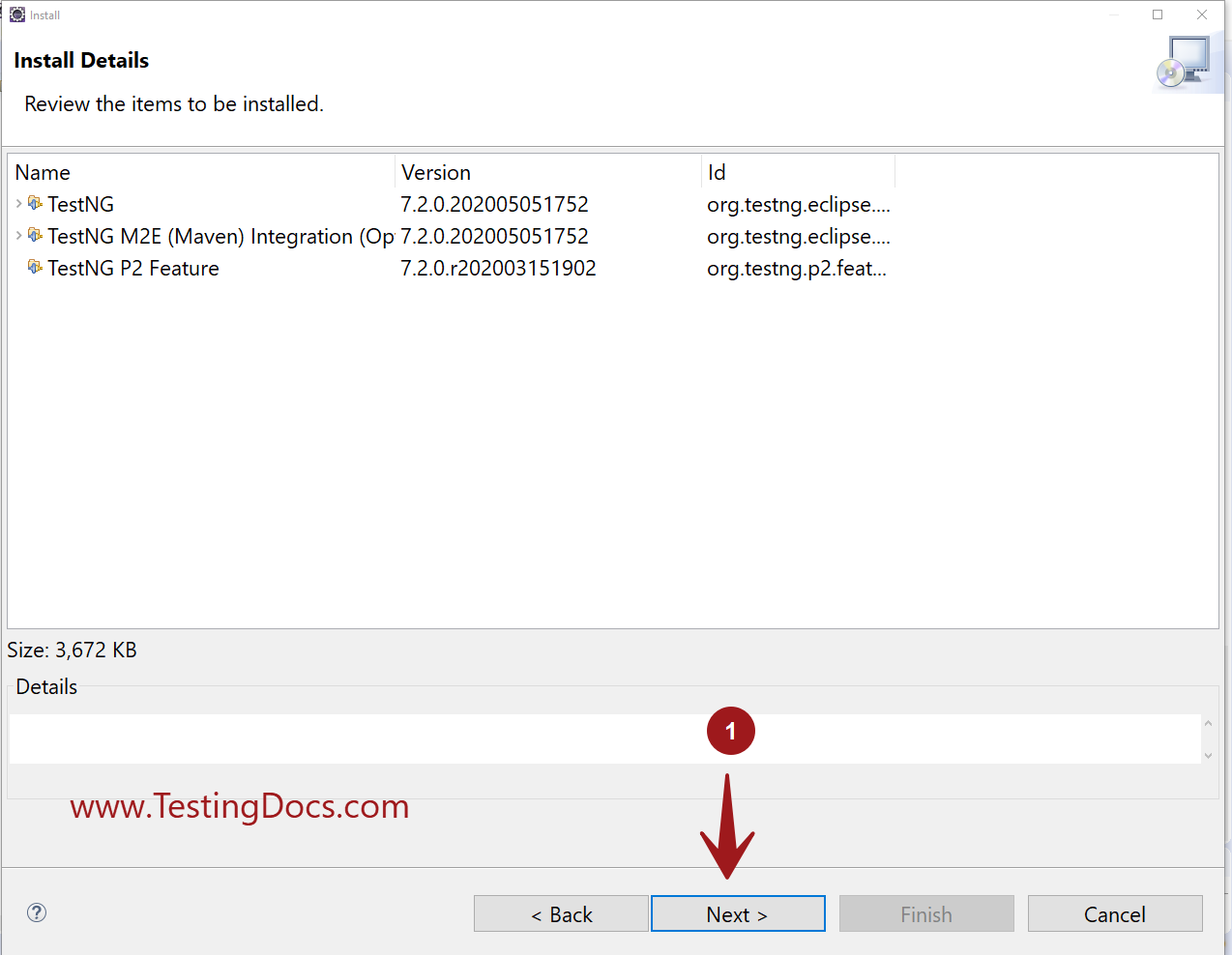

On the other hand, if you are using Gradle, you will need the following basic configuration in your build. TestNG is similar to JUnit but it is much more powerful than JUnit but still, it’s inspired by JUnit. It is an open-source automated testing framework where NG of TestNG means Next Generation. But introducing some new functionality that make it more powerful and easier to use. Let’s write a proof of concept Hello World example with TestNG.įirstly, we will add to our pom.xml the latest version of Test NG which as of March 2023 it’s the version 7.7.1: TestNG is a testing framework inspired from JUnit and NUnit. TestNG has support for multi threaded testing.TestNG supports Dependent test methods, parallel testing, load testing, and partial failure.Once you have compiled your tests, you can just ask TestNG to run all the “front-end” tests, or “fast”, “slow”, “database” tests, etc. TestNG introduces the concept of ‘test groups’.TestNG supports a flexible runtime configuration.TestNG has a clean separation from compile-time test code and run-time configuration/data info.Add dependencies to POM.XML Step 3 Add dependency for selenium This will indicate to Maven that Selenium jar files are to download from the central repository to the local repository. by default, no need to create a new test class instance for every test method). Go to package explorer on the left-hand side of Eclipse. TestNG supports testing integrated classes (i.e.TestNG supports a wide range of annotations.

It has been designed to reduce some of the limitations of JUnit to make it more flexible and powerful. TestNG is an open source automated testing framework. In this tutorial we will walk through the set up and execution of some example tests with TestNG. TestNG is a testing framework inspired by JUnit but introducing a whole set of new functionalities.


 0 kommentar(er)
0 kommentar(er)
